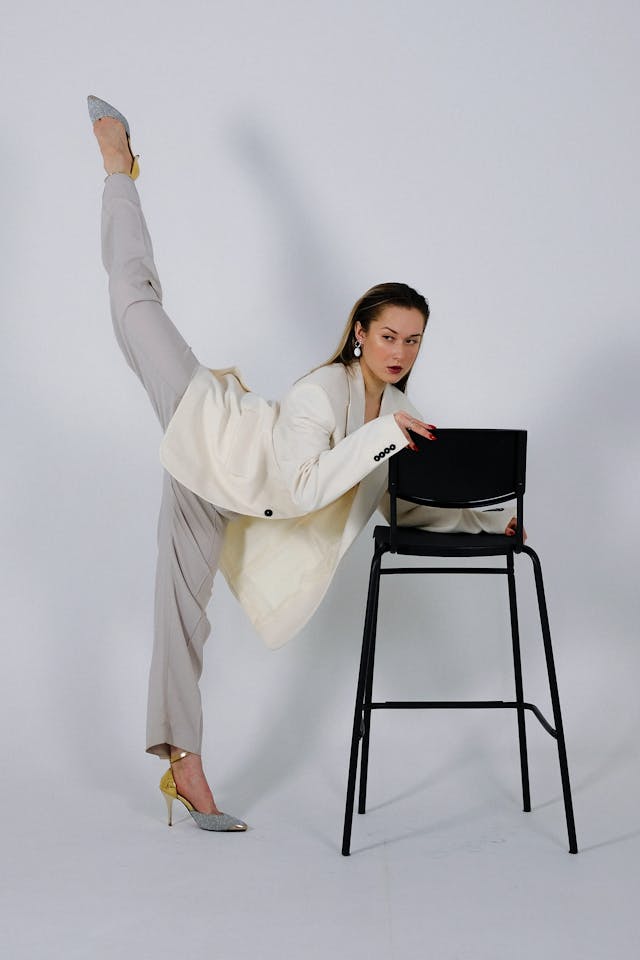High chairs are one of the essential items that every parent eventually invests in—but choosing the right one is more complex than it first appears. From basic plastic seats to high-tech, adjustable models with multiple recline positions and wheels, the market is vast and diverse. The price range, unsurprisingly, reflects this variety. A basic high chair might cost as little as £25, while some designer models retail for over £300. What determines this difference, and which features are truly worth the money?
The first thing to consider is your child’s age, size and the space you have at home. Some chairs are better suited to smaller kitchens, while others offer long-term versatility by converting into toddler chairs or booster seats. Portability, tray size, and ease of cleaning are just a few of the daily-use features that can impact your satisfaction. Many budget-friendly high chairs cover the basics well, while premium ones offer more convenience, flexibility, and long-term use.
Before settling on a brand, it’s wise to compare models side by side. Platforms like daddyprice allow you to do just that—offering up-to-date listings of high chairs from trusted retailers, complete with specifications, customer reviews, and price breakdowns. This makes it easy to compare the true value of what you’re getting—materials, functions, safety certifications, and even aesthetics. Parents can often find mid-range chairs with all the features they need by simply browsing across brands and keeping an eye on seasonal offers.
 Let’s take a closer look at three common price brackets. In the entry-level category (under £50), you’ll often find high chairs that are lightweight and functional, though somewhat limited. The IKEA Antilop, for instance, is a perennial favourite among minimalist parents for its no-frills design and ease of cleaning. While it lacks reclining features or adjustable footrests, it’s compact, easy to store, and well-reviewed for short mealtimes. For budget-conscious households or occasional use at grandparents’ homes, these models often make sense.
Let’s take a closer look at three common price brackets. In the entry-level category (under £50), you’ll often find high chairs that are lightweight and functional, though somewhat limited. The IKEA Antilop, for instance, is a perennial favourite among minimalist parents for its no-frills design and ease of cleaning. While it lacks reclining features or adjustable footrests, it’s compact, easy to store, and well-reviewed for short mealtimes. For budget-conscious households or occasional use at grandparents’ homes, these models often make sense.
In the mid-range (£50–£150), features begin to increase significantly. Adjustable height, reclining seat backs, removable and dishwasher-safe trays, padded inserts, and foldable frames are all commonly included. Brands like Joie, Graco, and Chicco lead this segment. Parents often find this category offers the best balance between affordability and daily comfort. These chairs tend to last through toddlerhood and sometimes convert into booster seats, saving money in the long term. Design-wise, there’s also more variety in colours and materials to match modern kitchens.
At the premium end (£150+), high chairs enter multifunctional territory. The Stokke Tripp Trapp, for example, is renowned for its iconic design, wooden build, and lifetime adaptability—from newborn to teen. Similarly, the Nomi high chair and Peg Perego Siesta offer newborn recline options, sleek aesthetics, and ultra-durable construction. These chairs are an investment, often chosen by parents who prioritise ergonomics, eco-friendly materials, and a cohesive home design. However, it’s worth asking whether all the extra features will be used daily or simply add to the price tag.
Beyond price, safety is a non-negotiable factor. Always look for five-point harnesses, wide base stability, and compliance with UK safety standards. Many budget chairs meet these requirements, but premium models may include extra padding, anti-tip wheels, or built-in anti-slip feet. Check customer reviews for feedback on buckle quality, tray stability, and material durability—these issues don’t always correlate with price. In some cases, cheaper models outperform expensive ones in real-world scenarios, simply because of better construction and attention to detail.
Cleaning is another major consideration. Babies are notoriously messy eaters, and high chairs can be magnets for crumbs, puree splashes, and sticky fingerprints. Look for removable trays, machine-washable seat pads, and minimal crevices where food can hide. High chairs with slick plastic or wipe-clean surfaces save parents hours of scrubbing, and this is where budget models often surprise—they’re less padded and fancy, but easier to maintain daily.
Portability may not seem important until you need to move the chair between rooms or take it on holiday. Foldable models with handles or wheels make a real difference in compact homes. Some chairs are heavy and static, while others fold flat in seconds and tuck into cupboards. If you live in a small flat or dine outdoors regularly, this feature can become essential. Luckily, many mid-range brands offer foldable models without the premium price tag.
In conclusion, choosing the right high chair is about understanding your priorities: daily convenience, long-term value, style, or budget. By comparing price versus features carefully, parents can find a solution that keeps mealtime safe and stress-free without overspending. Whether you go for a simple plastic model or a designer piece that grows with your child, smart shopping ensures the investment truly supports your family’s needs from baby’s first bites and beyond.




About the author